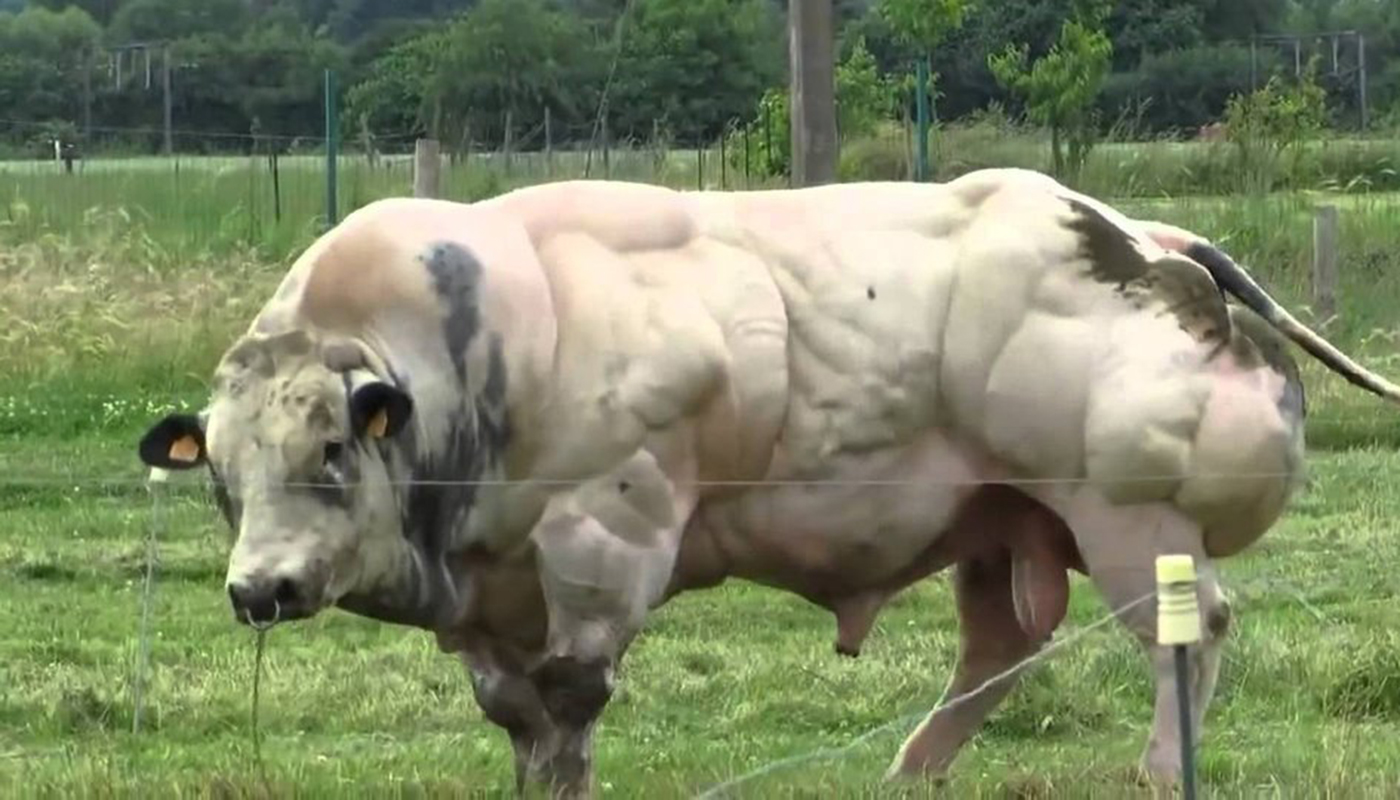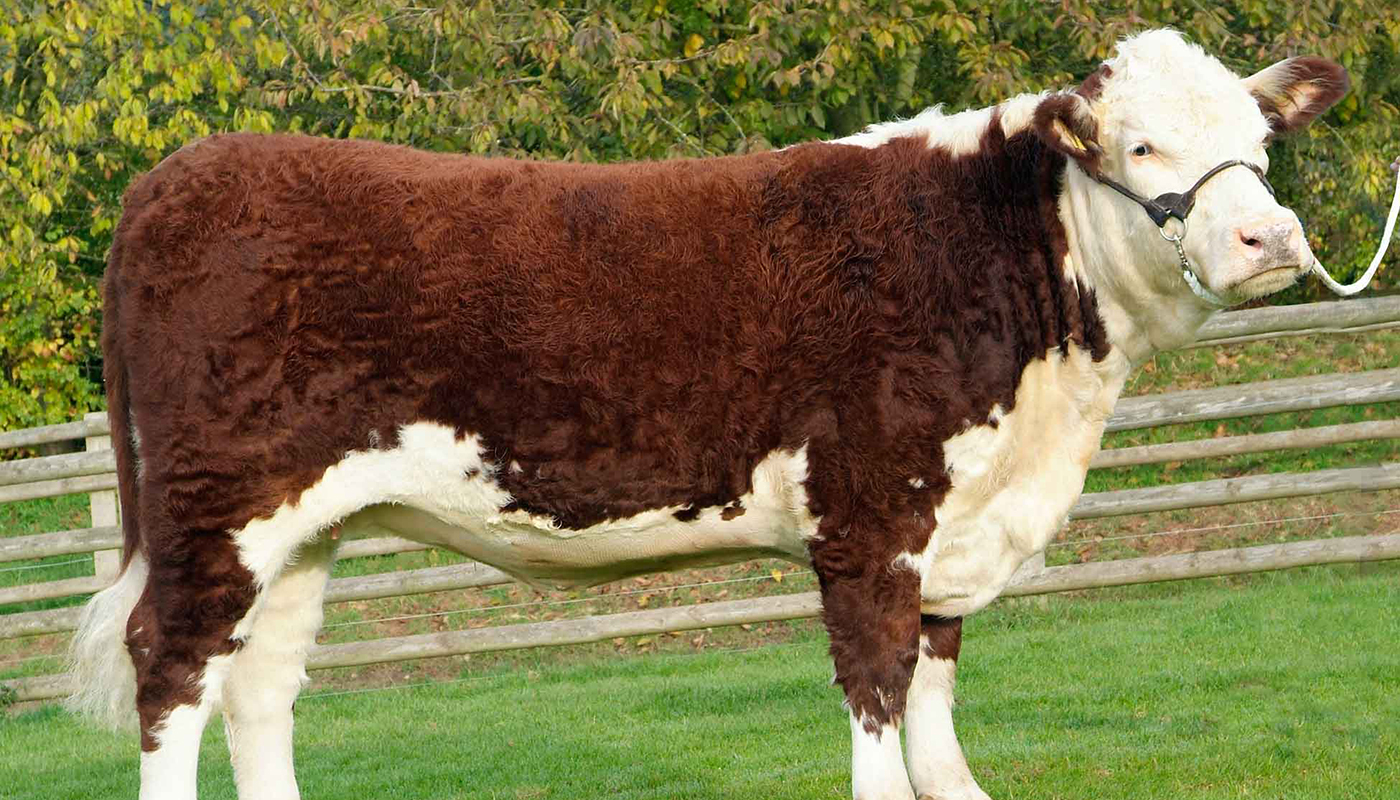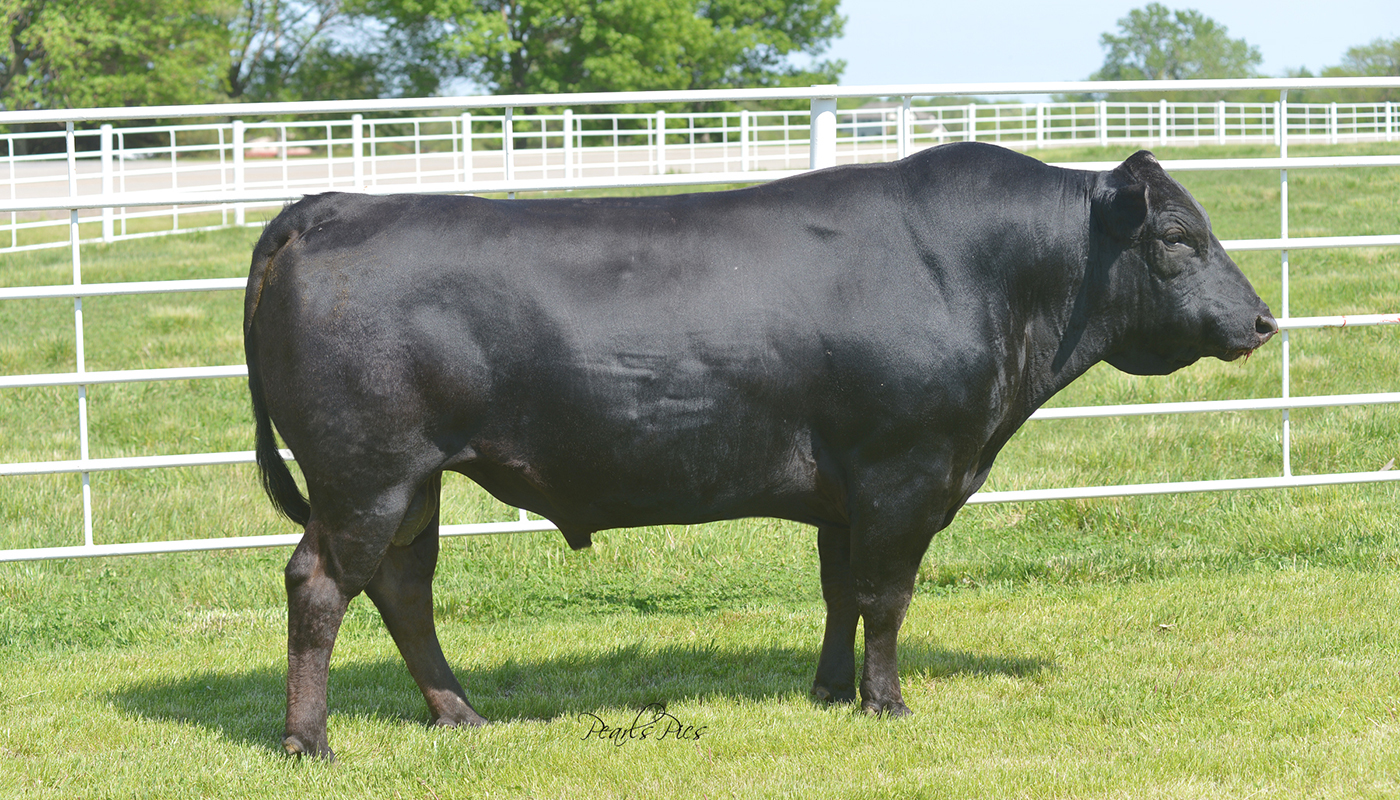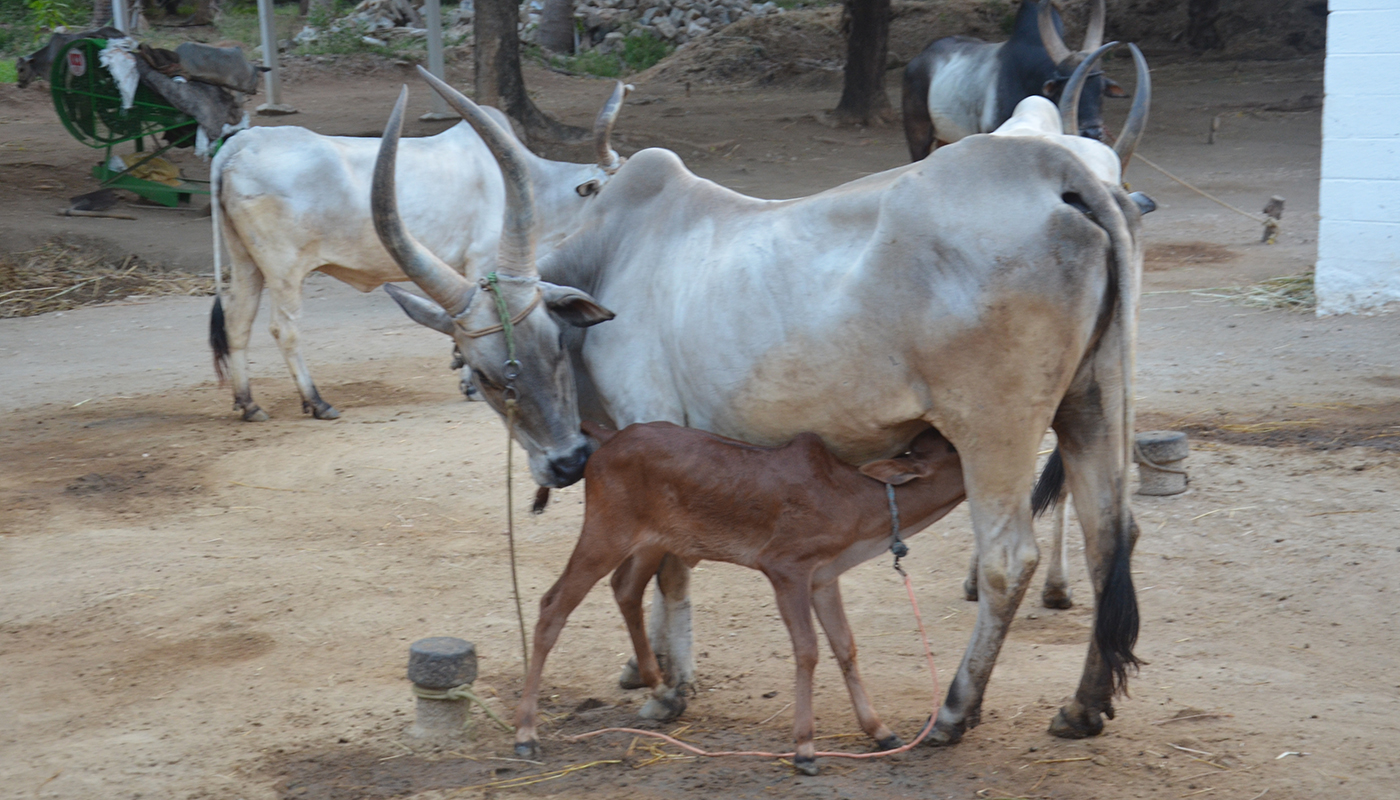
The Bazadaise cattle breed are magnificent looking cattle with a well proportioned muscled physique, long powerful legs and a superior quality of beef.
They were once used as oxen to pull cut wood/trees from the forests around the French town from where they originated.
They are very hardy animals with a good resistance to disease, easy birthing, and high fertility as well as a good carcass yield.
BAZADAISE BREED OF CATTLE QUICK PROFILE OVERVIEW
|
|
|---|---|
| The Bazadaise breed is a celebrated breed in the town from which they originate in France. They have an excellent quality of beef and are a very useful draft cattle. | |
| Country of Origin: | France |
| Other Names: | None |
| Main Purpose: | Meat |
| You may Also Like: | 35 Best Cattle Breeds for Milk – Dairy Cattle |
| You may Also Like: | 47 Best Cattle Breeds for Meat – Beef Cattle |
| Can be used for | Breed, Meat, Draft |
| Ideal Climate: | Heat, Cold, Most Climates |
| Conservation Status: |
Not Listed by the *ALC Status/Rarity: Conservation in Europe |
| Health Issues? | No known health issues |
| Good Starter Cattle? | Novice to intermediate Cattle farmer/keeper level |
| Cattle Associations: | British Bazadaise Cattle Society |
| Cattle Clubs: | Please refer to the British Bazadaise Cattle Society for more information on the breed |
| Where to buy them? | Please refer to the British Bazadaise Cattle Society for more information on the breed |
| Child Friendly? | Livestock should not be left unattended around unsupervised children |
| General Information: | The Bazadaise cattle originate from a small French town where they hold a festival in the breeds honor every year. |
| Note: *ALC stands for American Livestock Conservancy | |
PHYSICAL CHARACTERISTICS |
||||||||||||||||||||||||||||||||
|---|---|---|---|---|---|---|---|---|---|---|---|---|---|---|---|---|---|---|---|---|---|---|---|---|---|---|---|---|---|---|---|---|
| The Bazadaise breed of cattle is large with a well-muscled powerful physique and well-formed large head. Their legs are long and powerful with the insides usually a lighter to white color than the body. They have white eye-rings, lighter color nose, and tail tips. Their skin is black, and they have tight dewlap with a thick neck which is in line with their straight backs. | ||||||||||||||||||||||||||||||||
| Size: | Medium to large | |||||||||||||||||||||||||||||||
|
||||||||||||||||||||||||||||||||
COW BREEDING & MILKING INFORMATION |
|
|---|---|
| Most Cattle produce milk but not all of them are used in the dairy Cattle capacity for their milk. Cows only calve once a year and should have 12 to 14-month inter-calving cycle. They make really good mothers, with a high birthing rate with hardly any birthing problems. The calves are strong and ready to suckle at birth. They have a good quality milk but are mainly only raised for their meat production. | |
| Breeding Period/cycle: | Usually lasts 6 to 24 hours Most ave. 12 to 16 hours Cows usually come on heat every 21 days. |
| Estrous cycle: | Ave. 17 days to 24 days Heifer – usually ave. 20 days Cows – usually ave. 21 days |
| Gestation Period: | Usually, around 279 to 287 days but most gestation is 283 days. Cows that are carrying bull calf’s their gestation period is usually a little longer than cows that are carrying heifer calves. |
| No. Calves/Litter: | 1 calf at a time. Cows rarely have twins or triplets, but it can happen |
| Lactation Period: | Cows lactation period can last for up to about 10 months (305) days. |
| Milking From: | 1 to 6 weeks after Calving |
| Drying off Period: | The cow should have a 12 to 14-month inter-calving cycle. Drying off period for around 60 days before she can calve again. |
| Milk Quality: | Good |
| Milk Ideal for: | Calves |
| You may Also Like: | 35 Best Cattle Breeds for Milk – Dairy Cattle |
CATTLE MEAT PRODUCTION INFORMATION |
||||||||
|---|---|---|---|---|---|---|---|---|
| The Bazadaise cattle are well renowned for the excellent marbled meat that is tender, succulent and has an exceptional flavor. Every year there is a festival that celebrates the breed held in Bazas from where they originated. There are not too many left with just over 3400 headcounts. The beef is usually labeled under Label Rouge – “Boeuf de Bazas” and “Boeuf de Chalosse”. They have a very high carcass yield with some bullocks being 63 to 65%. | ||||||||
| Meat Production? | Yes, Quality: Excellent | |||||||
|
||||||||
| You may Also Like: | 47 Best Cattle Breeds for Meat – Beef Cattle | |||||||
CATTLE SKIN PRODUCTION INFORMATION |
||||||||
|---|---|---|---|---|---|---|---|---|
| Most meat Cattle will have a skin by-product, and these are usually used in some form or just as a hide. They are beef cattle with superior meat quality and very good hides. However, there are not too many left in the world today and conservation efforts are underway to restore their population numbers. Thus they are no longer used for leather production. | ||||||||
| Skin Production? | No, Quality: Good | |||||||
| Skin is used to Produce: | Calf/cow skin leather products such as shoes, car seats, fine leather coats, gloves, handbags, belts, furniture, rugs, etc. | |||||||
|
||||||||
HISTORY
The Bazadaise cattle originate from the Nouvelle-Aquitaine region of south-western France. They are thought to be the result of a cross between cattle breeds of Spanish origin and those of local Aquitaine cattle.
The breed is named after the town of Bazas which is in the Girondes and has very strong ties the breed. The Bazadaise cattle have a festival in their honor here called the Fete des Boeufs Gras. It is to celebrate the Bazadaise and their fine meat which is well renowned for its rich marbling, tenderness, and incredible taste. Although they were originally used as draft cattle to move cut trees from the forests.
Once in great numbers of more than 60000 head of cattle, their numbers were greatly depleted after the Second World War and the mechanization of agriculture. By the 1970s there were no more than 700 cows which was a cause for action to conserve and recover their numbers. By 2013 conservation efforts were showing a positive effect with around 3400 cow spread around 140 farms.
They have been exported to Chile, Spain, United Kingdom, and Australia to be raised as pure-bred cattle and be used in cross-breeding programs.
Video
USEFUL LINKS
- Purebred Dairy Cattle Association
- American Dairy Association
- National Association of Animal Breeders
- American Dairy Science Association
- United States Cattlemen’s Association
- National Cattlemen’s Beef Association
- American National Cattlewomen
- Beef Cattle Breed Associations
- National Cattlemen’s Beef Association
- Fur Commission USA
- North American Meat Institute
- American Livestock Conservancy
- Animal Shelter (ASPCA)
- American Veterinary Medical Association
- American Animal Welfare Society
- American Animal Control
- American Society of Animal Science
- United States Department of Agriculture
 Dutch Belted Cattle Breed – Everything You Need to Know
Dutch Belted Cattle Breed – Everything You Need to Know Belgian Blue Cattle Breed – Everything You Need to Know
Belgian Blue Cattle Breed – Everything You Need to Know Ankole-Watusi Cattle Breed – Everything You Need to Know
Ankole-Watusi Cattle Breed – Everything You Need to Know Normande Cattle Breed – Everything You Need to Know
Normande Cattle Breed – Everything You Need to Know Florida Cracker Cattle Breed – Everything You Need to Know
Florida Cracker Cattle Breed – Everything You Need to Know Aubrac Cattle Breed – Everything You Need to Know
Aubrac Cattle Breed – Everything You Need to Know Hereford Cattle Breed – Everything You Need to Know
Hereford Cattle Breed – Everything You Need to Know Ayrshire Cattle Breed – Everything You Need to Know
Ayrshire Cattle Breed – Everything You Need to Know Wagyu Cattle Breed – Everything You Need to Know
Wagyu Cattle Breed – Everything You Need to Know Braunvieh Cattle Breed – Everything You Need to Know
Braunvieh Cattle Breed – Everything You Need to Know Brahman Cattle Breed – Everything You Need to Know
Brahman Cattle Breed – Everything You Need to Know Kangayam Cattle Breed – Everything You Need to Know
Kangayam Cattle Breed – Everything You Need to Know